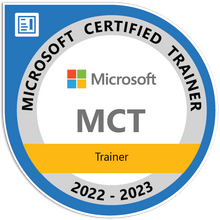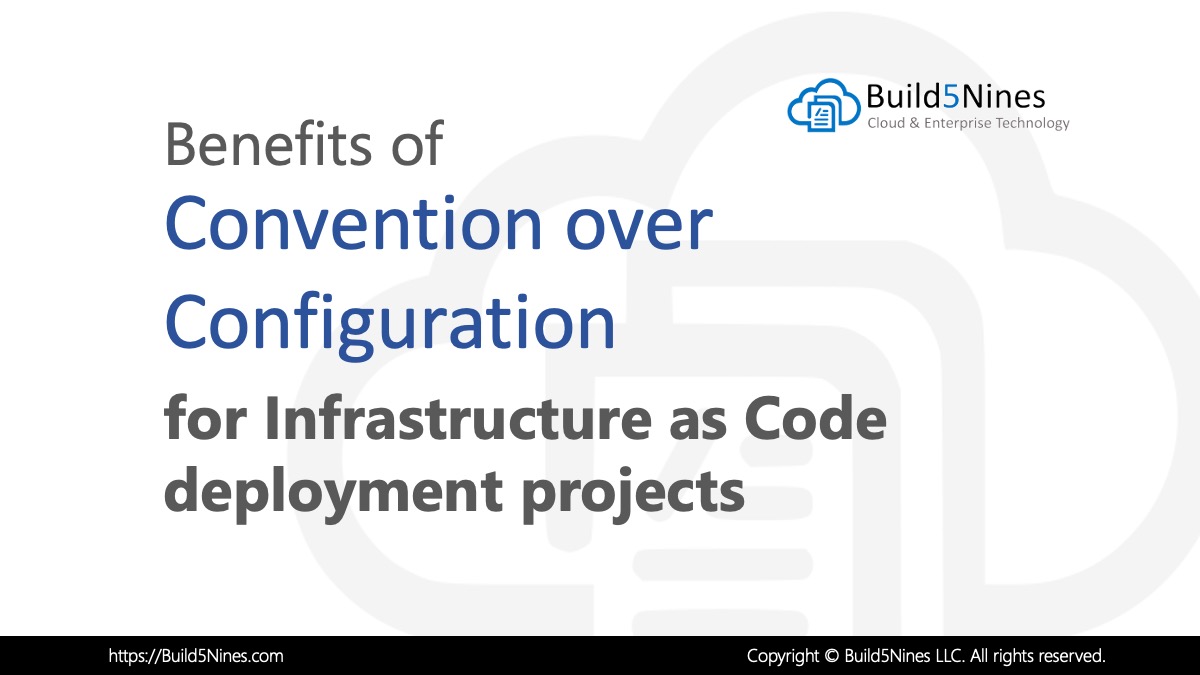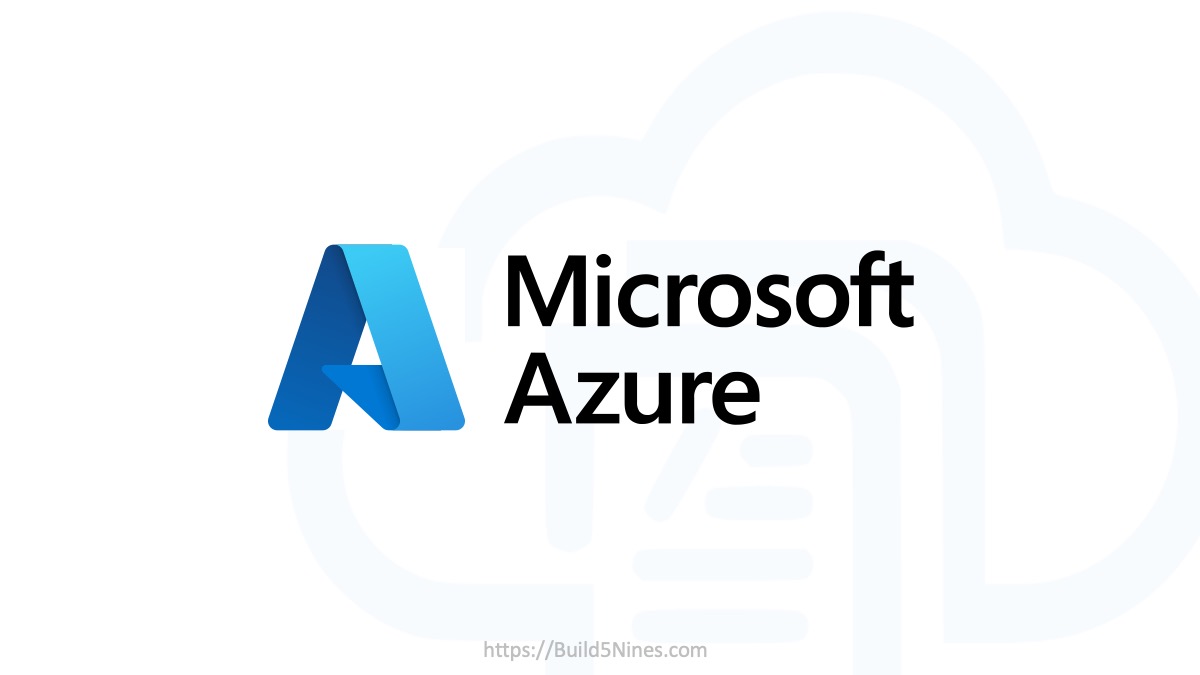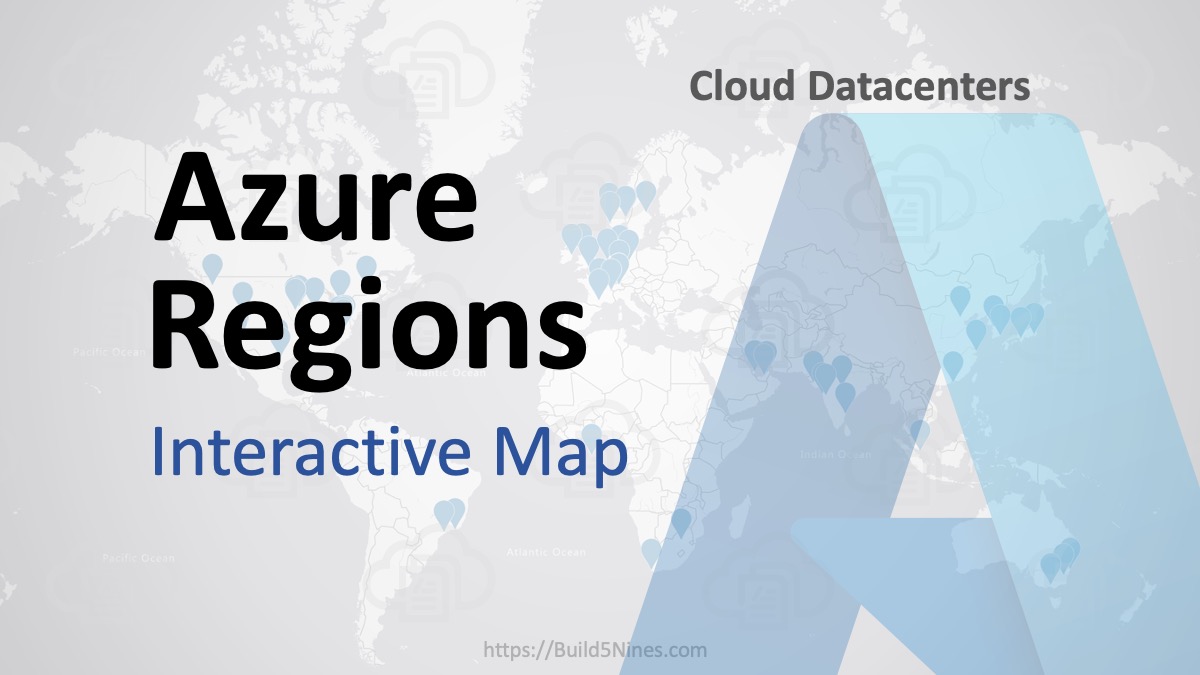It’s been about 2 years since the 70-532 Developing Microsoft Azure Solutions certification exam was first release. Over that time there’s been a couple updates to keep it relevant with the ever changing landscape of the Microsoft Azure platform. The previous update was released in March 2016, which is a very long time when it comes to the cloud. The good news is that another update is on it’s way, and this time it will be including a full update of adding Azure Resource Manager (ARM) to the exam, in addition to many other new features and services. This update looks to be bringing the 70-532 Developing Microsoft Azure Solutions exam back to relevancy and not so outdated as it’s been for nearly an entire year now.
Exam Update Release Date
This latest update / refresh to the 70-532 Developing Microsoft Azure Solutions certification exam includes many changes to make it more relevant to the current state of the Microsoft Azure platform. This includes adding many more features and services to the list of objectives that are tested on the exam; including greater coverage of Azure Resource Manager (ARM).
This update will be released on November 22, 2016. On this date, the exam will be republished to reflect the changes in exam objectives.
The 70-532 Developer exam update will be published November 22, 2016.
If you take the 70-532 Developing Microsoft Azure Solutions exam prior to November 22, 2016, then you should expect the “old” exam objectives to be the ones you will be tested on. If you take the exam on or after November 22, 2016 then you will see questions testing the new list of exam objectives. The new exam objectives are listed in full below.
As is usual with Microsoft exam updates like this, Microsoft doesn’t really make a big announcement of the pending exam updates. Instead, they do call out the pending update with a link to the new objectives along with the targeted release / update date. This posting is the source for the information within this article, and can be found on the official page for the 70-532 exam.
New Exam Objectives
If you’re planning on taking the 70-532 Developing Microsoft Azure Solutions exam on or after November 22, 2016 then you’ll want to be sure to study these new exam objectives. This will ensure you are studying the right material to pass the new version of the exam that will be given to you.
Here’s the full list of of exam objectives for this November 22, 2016 exam update:
Create and manage Azure Resource Manager virtual machines (30 – 35%)
- Deploy workloads on Azure Resource Manager (ARM) virtual machines (VMs) – Identify workloads that can and cannot be deployed; run workloads including Microsoft and Linux; create VMs
- Perform configuration management – Automate configuration management by using PowerShell Desired State Configuration (DSC) and VM Agent (custom script extensions); configure VMs using a configuration management tool such as Puppet or Chef; enable remote debugging
- Configure ARM VM networking – Configure static IP addresses, Network Security Groups (NSGs), DNS, User Defined Routes (UDRs), external and internal load balancing with HTTP and TCP health probes, public IPs, firewall rules, and direct server return; design and implement Application Gateway
- Scale ARM VMs – Scale up and scale down VM sizes; deploy ARM VM Scale Sets (VMSS); configure ARM VMSS auto-scale
- Design and Implement ARM VM storage – Configure disk caching; plan for storage capacity; configure shared storage using Azure File service; configure geo-replication; implement ARM VMs with Standard and Premium Storage
- Monitor ARM VMs – Configure ARM VM monitoring; configure alerts; configure diagnostic and monitoring storage location
- Manage ARM VM availability – Configure multiple ARM VMs in an availability set for redundancy; configure each application tier into separate availability sets; combine the Load Balancer with availability sets
Design and Implement a storage and data strategy (25 – 30%)
- Implement Azure Storage blobs and Azure Files – Read data; change data; set metadata on a container; store data using block and page blobs; stream data using blobs; access blobs securely; implement async blob copy; configure Content Delivery Network (CDN); design blob hierarchies; configure custom domains; scale blob storage
- Implement Azure storage tables and queues – Implement CRUD with and without transactions; design and manage partitions; query using OData; scale tables and partitions; add and process queue messages; retrieve a batch of messages; scale queues
- Manage access and monitor storage – Generate shared access signatures, including client renewal and data validation; create stored access policies; regenerate storage account keys; configure and use Cross-Origin Resource Sharing (CORS); set retention policies and logging levels; analyze logs
- Implement Azure SQL Databases – Choose the appropriate database tier and performance level; configure and perform point in time recovery; enable geo-replication; import and export data and schema; scale Azure SQL databases
- Implement Azure DocumentDB – Create databases and collections; query documents; run DocumentDB queries
- Implement Redis caching – Choose a cache tier; implement data persistence; implement security and network isolation; tune cluster performance
- Implement Azure Search – Create a service index; add data; search an index; handle search results
Manage identity, application, and network services (15 – 20%)
- Integrate an app with Azure Active Directory (AAD) – Develop apps that use WS-federation, OAuth, and SAML-P endpoints; query the directory by using graph API
- Design and Implement a communication strategy – Implement Hybrid Connections to access data sources on-premises; leverage S2S VPN and ExpressRoute to connect to an on-premises infrastructure
- Design and Implement a messaging strategy – Develop and scale messaging solutions using service bus queues, topics, relays, event hubs, and notification hubs; monitor service bus queues, topics, relays, event hubs and notification hubs
- Develop apps that use AAD B2C and AAD B2B – Design and implement .NET MVC, Web API, and Windows Desktop apps that leverage social identity provider authentication, including Microsoft account, Facebook, Google+, Amazon, and LinkedIn; leverage AAD B2B to design and implement applications that support partner-managed identities
Design and Implement Azure PaaS Compute and Web and Mobile Services (25 – 30%)
- Design Azure App Service Web Apps – Define and manage App Service plans; configure Web Apps settings, certificates, and custom domains; manage Web Apps by using the API, Azure PowerShell, and Xplat-CLI; implement diagnostics, monitoring, and analytics; implement web jobs; design and configure Web Apps for scale and resilience
- Implement Azure Functions – Create Azure Functions; implement a webhook Function; create an event processing Function; implement an Azure-connected Function
- Implement API Management – Create managed APIs; configure API Management policies; protect APIs with rate limits; add caching to improve performance; monitor APIs; customize the Developer Portal
- Design Azure App Service API Apps – Create and deploy API Apps; automate API discovery by using the Swashbuckle; use Swagger API metadata to generate client code for an API app; monitor API Apps
- Develop Azure App Service Logic Apps – Create a Logic App connecting SaaS services; create a Logic App with B2B capabilities; create a Logic App with XML capabilities; trigger a Logic App from another app; create custom and long-running actions; monitor Logic Apps
- Develop Azure App Service Mobile Apps – Create a Mobile App; add offline sync to a Mobile App; add authentication to a Mobile App; add push notifications to a Mobile App
- Design and Implement Azure Service Fabric apps – Create a Service Fabric application; build an Actors-based service; add a web front-end to a Service Fabric application; monitor and diagnose services; migrate apps from cloud services; create, secure, upgrade, and scale Service Fabric Cluster in Azure; scale a Service Fabric app
It’s worth noting that the percentages (%) displayed in the titles of the main exam objectives are the percentages of the exam questions that will be on that topic area.
Study Resources
Some of the study resources I listed out in my original article on the 70-532 Architecting Microsoft Azure Solutions exam are still relevant, but many are now a little outdated. This is due to the shift of the exam to cover Azure Resource Manager (ARM) now, instead of the older Azure Service Manager (ASM) that it covered originally.
The best study resources are going to be the official Microsoft Azure documentation. The documentation is open source and community contributed, but may still be a little difficult to navigate when attempting to study just the exam objectives.
Here are some links to some video resources that have updated, relevant content to cover this new list of exam objectives:
- Azure Fridays – New videos on Azure topics and services each week from Scott Hanselman and others at Microsoft.
- Channel 9 – This is an official Microsoft site with MANY videos on a wide range of topics surrounding Microsoft Azure and other Microsoft technologies.
- Pluralsight – They have video, on-demand training courses on pretty much all technologies; some of their courses cover Microsoft Azure.
For additional resource links that may help you study and prepare, go check out my original article listing out study materials for the 70-532 exam.
To keep up to date on all the latest Microsoft Azure news, and feature updates, as well as many other articles from the community surrounding Microsoft Azure services, I encourage you to subscribe to Build Azure Weekly.







 Benefits of Convention over Configuration for IaC Deployment Projects
Benefits of Convention over Configuration for IaC Deployment Projects
 How to Perform Simple String Concatenation in Terraform
How to Perform Simple String Concatenation in Terraform
 Azure CDN POP Locations: Interactive Map of Azure CDN Points of Presence
Azure CDN POP Locations: Interactive Map of Azure CDN Points of Presence
 Azure Functions: Extend Execution Timeout Past 5 Minutes
Azure Functions: Extend Execution Timeout Past 5 Minutes
 Terraform: Deploy to Multiple Azure Subscriptions in Single Project
Terraform: Deploy to Multiple Azure Subscriptions in Single Project
 Azure Regions: Interactive Map of Global Datacenters
Azure Regions: Interactive Map of Global Datacenters

I’ve looked at Microsoft’s 70-532 exam page at https://www.microsoft.com/en-au/learning/exam-70-532.aspx .
The ‘skills’ section has not changed, and still covers the same out-of-date topics.
Where did you source this information from?
They have a link on that page to a PDF of the upcoming exam objective changes. I don’t think they updated the page as of yet. You’d have to contact MSLearning to get specifics on when they’ll update the page.
I guess they have pushed the exam has not been updated yet?
The official page still shows old objectives. You’d have to contact MSLearning for specifics.
Microsoft has updated the content in few locale.. Here is the updated content.. https://www.microsoft.com/en-us/learning/exam-70-532.aspx
Thanks,
Praveen Kumar Sreeram
https://praveenkumarsreeram.com/
thanks for the information you shared. certification is necessary for the job